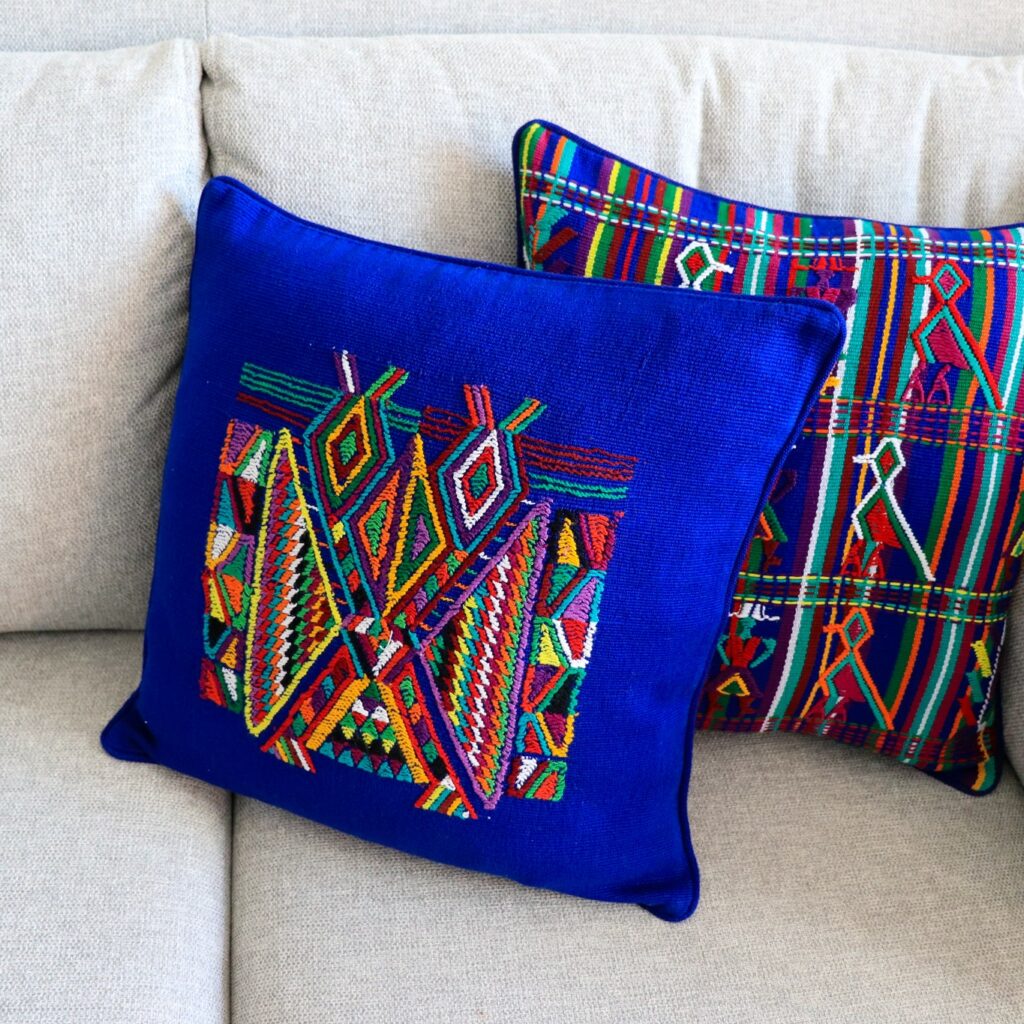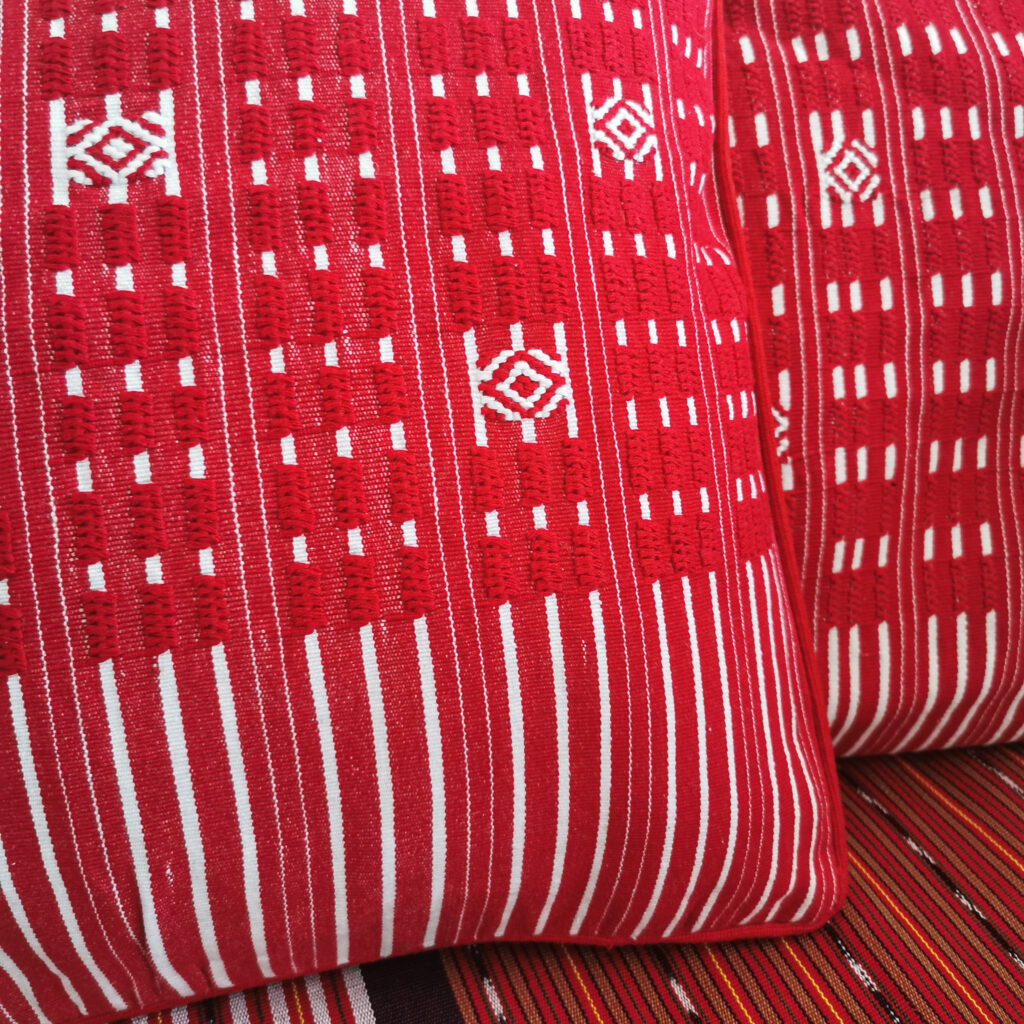Weaving has been a tradition in Guatemala for thousands of years, with evidence of textiles being produced by the Maya civilization dating back to as early as 600 BC. The Maya developed a sophisticated weaving culture, using cotton and other natural fibers to create clothing, accessories, and household goods. They also used weaving as a form of communication, incorporating symbols and designs that conveyed important cultural and religious messages.
The indigenous communities of Guatemala are skilled in creating vibrant and colorful textiles using traditional techniques passed down from generation to generation. These techniques include back-strap loom weaving, where the weaver sits on the ground and uses their body weight to stretch the threads, and foot-loom weaving, where the weaver uses their feet to control the tension of the threads.
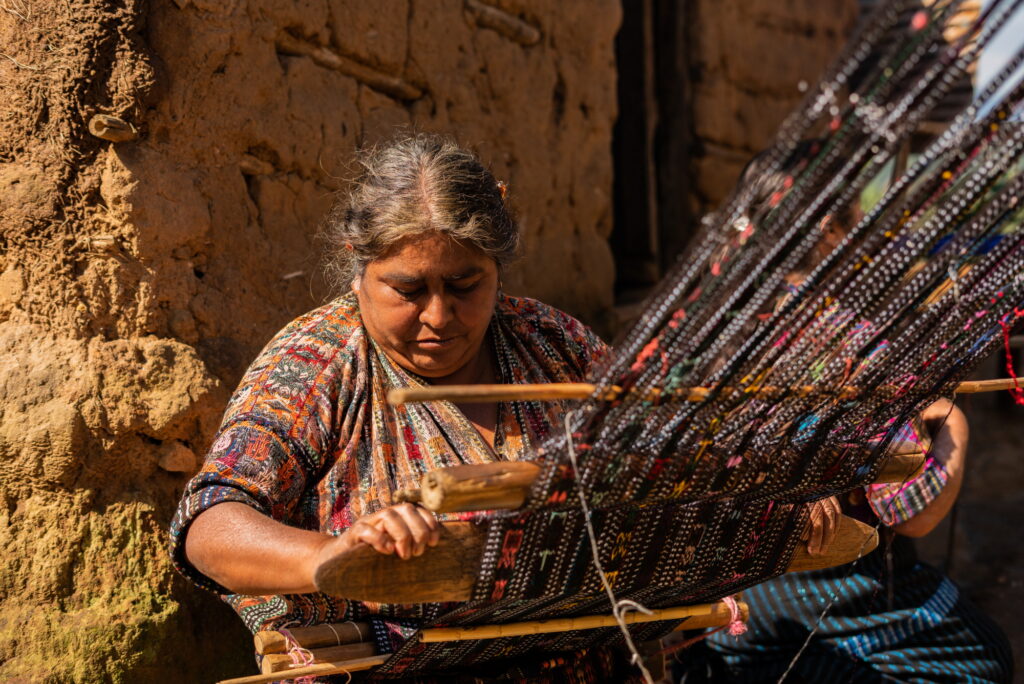
One of the most notable regions for weaving in Guatemala is the highland region of Chichicastenango, where the indigenous K’iche’ people produce intricate textiles featuring vibrant patterns and bold colors. These textiles are often used in traditional Mayan rituals and ceremonies, and have become a symbol of Guatemalan culture.
Another important region for weaving in Guatemala is the town of San Antonio Palopo on Lake Atitlán, where the local Kaqchikel Maya people are known for their fine hand-woven textiles, including brightly colored clothing, table runners, and bags.
Today, the weaving tradition in Guatemala continues to thrive, with many young people learning the skills from their elders and preserving the rich cultural heritage of their communities. The textiles produced by these weavers are not only beautiful works of art but also serve as a vital source of income for many families in the country. Most of the time, this craft is done by women.
The weaving tradition in Guatemala is a testament to the country’s rich cultural heritage and the skill and creativity of its indigenous communities. This tradition continues to play an important role in the lives of many Guatemalans and is a source of pride for the entire country.
Traditional patterns woven in Guatemala
Traditional Guatemalan textiles feature vibrant colors and complex designs, many of which have symbolic meanings and cultural significance. Some common patterns found in Guatemalan weaving include:
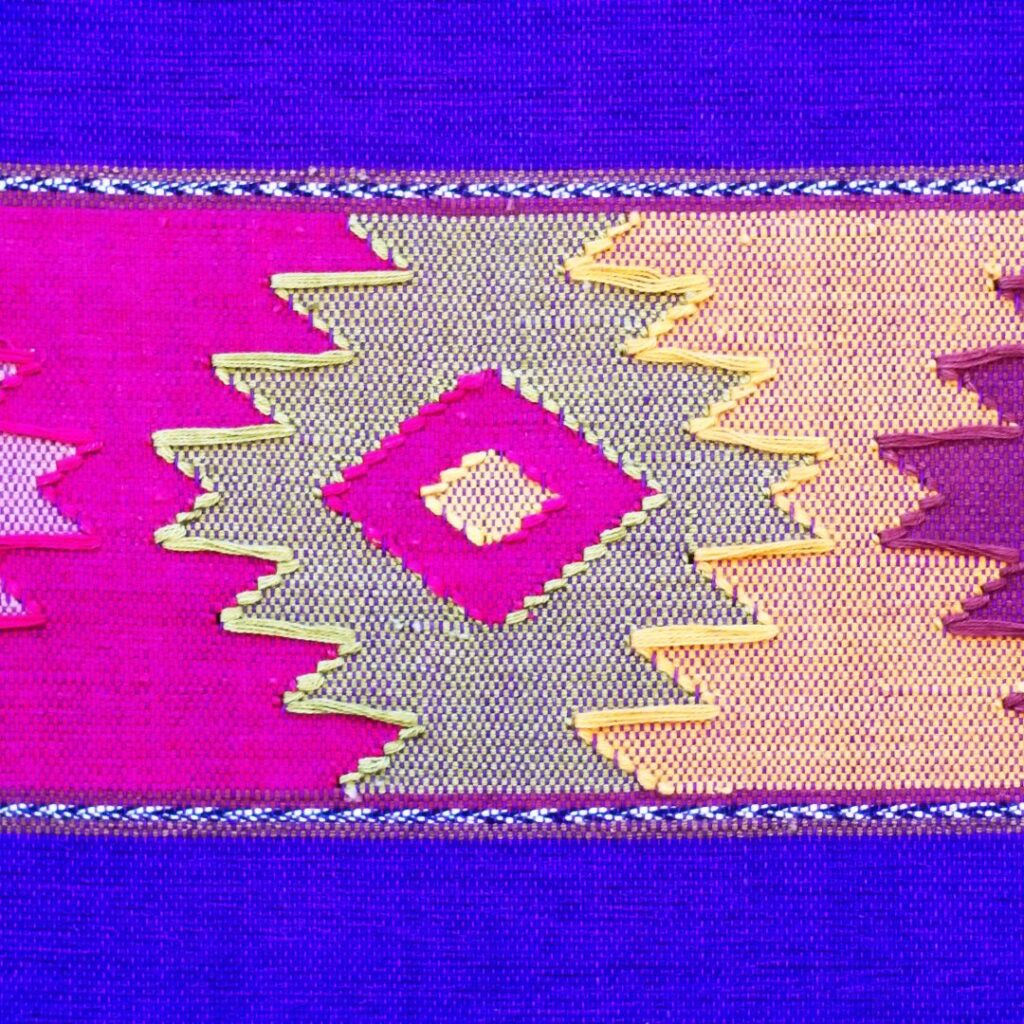

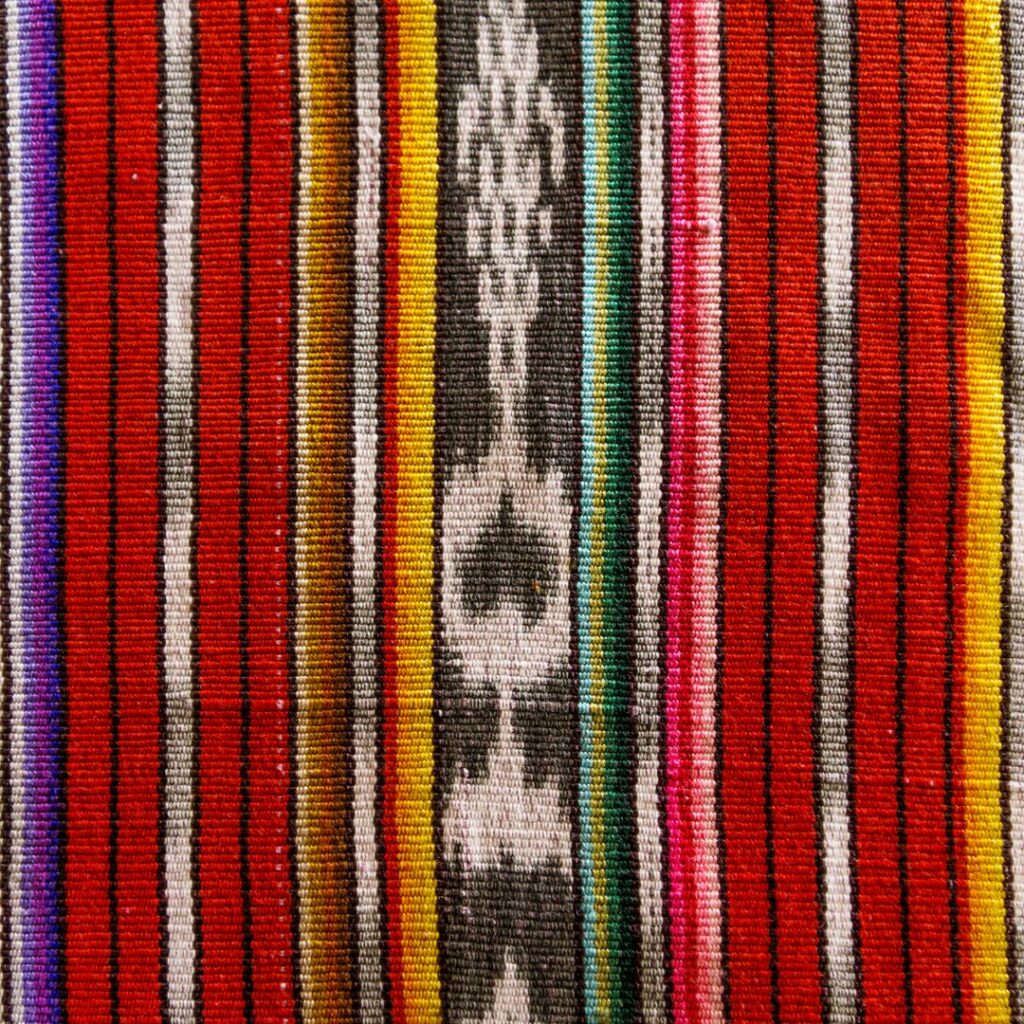

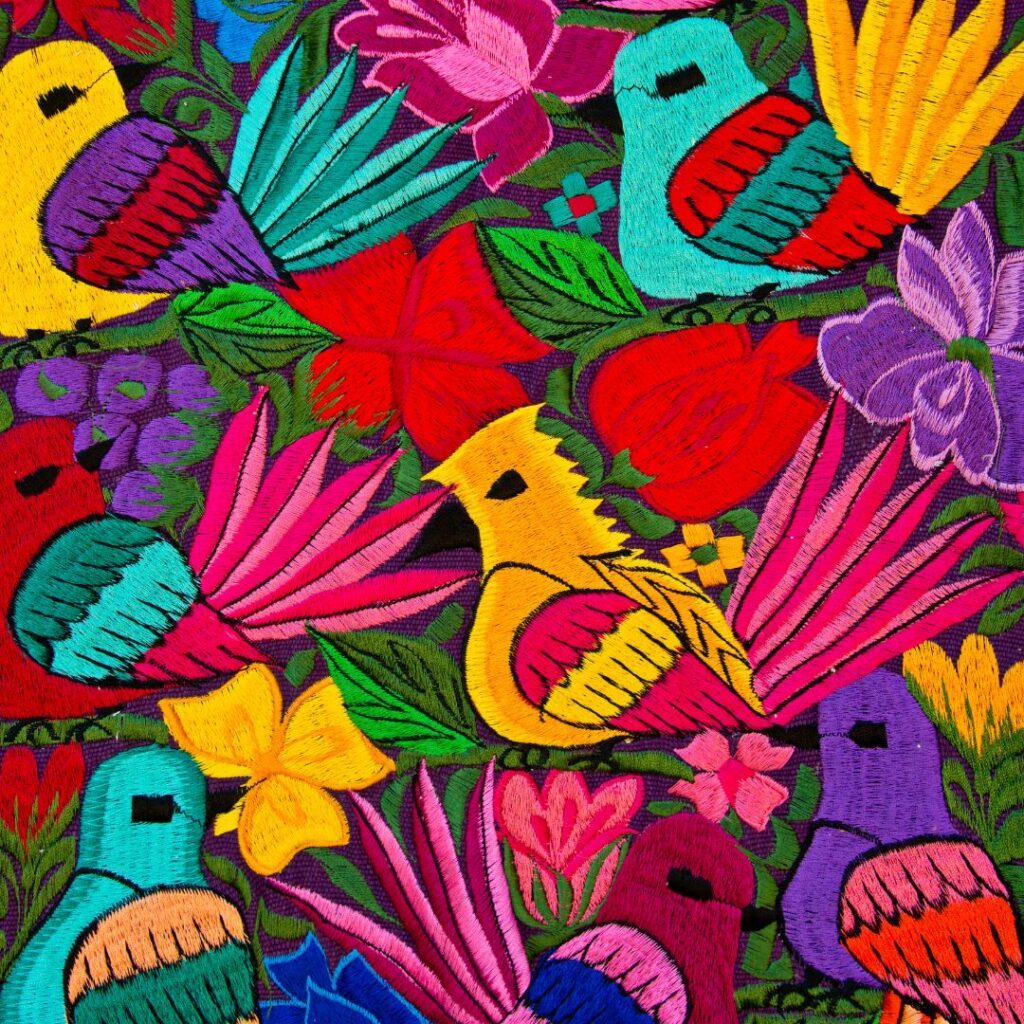
- Maya glyphs that represent deities, legends, and historical events.
- Diamond patterns that symbolize the arms of the weaver, with her body at the bottom, and her textiles at the top.
- Stripes which symbolize different regions, towns, or even specific families. Stripes can also represent different meanings such as protection, prosperity, and good luck. In traditional Mayan dress, stripes are often used in huipils, which are traditional blouses worn by women, as in the corte, which is a skirt.
- Floral motifs that represent fertility, growth, and prosperity
- Animals such as birds, jaguars, eagles, and macaws, which hold spiritual significance in Maya culture
Guatemalan inspiration on La Cotonnerie
At La Cotonnerie, we have a wide range of beautiful cushion covers as well as bed runners from Guatemala. Handmade and 100% cotton, these are the right pieces if you want to color a room. These items are sourced directly from the weavers, which are exclusively women. It allows them to earn a fair salary and support their family. Guatemala has a long tradition of weaving which started over 1,500 years ago with the ancient Maya civilization. So you not only buy a decorative item but also a piece of traditional craftsmanship.
To shop: www.lacotonnerie.com
